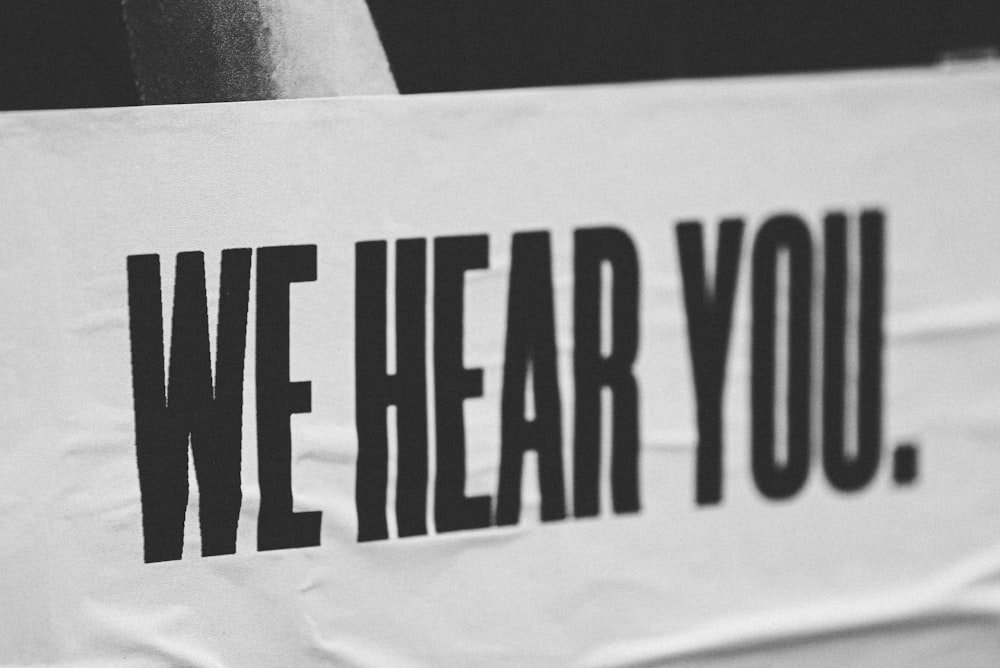Results of cities’ nightlife recovery survey

In March, we launched a short questionnaire on how the pandemic has affected different cities and some of the latest work agendas where our support could be most helpful. We may now share the results based on more than 50 replies that we received from over 40 cities**.
Global Nighttime Recovery Plan
During the initial stages of the pandemic, Chapter 5 – Nighttime Governance in Times of Covid-19 and its respective conference call were the most attractive of the series, slightly surpassing Chapter 1 – Managing Open Air Nightlife and Chapter 2 – The Future of Dancefloors.
These three chapters attracted the biggest share of respondents to the related online events (around 80% each).
More than two-thirds affirmed to have been inspired by the compiled ideas or examples for their own work, which the majority used as references (written or oral) in city administration or academia.
Since time was often mentioned as the major obstacle to participation:
- If you still did not have the opportunity to read executive summaries per chapter and would like a shorter summary comprising all main points (i.e. visual format other than text, like an infographic), please let us know.
Recovery of nightlife activity in cities
Overall, the majority of respondents felt optimistic: about two-thirds replied that the level of nightlife activity in their city is back at 70% or more compared to pre-Covid (2019 = 100%). However, the remaining one-third felt less positive, with those thinking “it’s really bad” surpassing the ones that think it’s “better than ever” (see graph below).
Considering work agenda priorities, most respondents were setting up “grants and funding programs” as well as “nighttime safety”, followed by “awareness” (such as diversity and inclusion) and “changing laws and regulations”. Almost one-third of respondents were setting up a nighttime office or night mayor position. Despite the general increasing interest in wellbeing and mental health since Covid-19, “health and prevention” was surprisingly among the least voted priorities.
Helpful tools and upcoming priorities
To conclude, three instruments were identified as being the most helpful in nighttime recovery among roughly 60% of respondents:
- Collecting best practices from around the world;
- Providing data on the economy, venues, and events;
- Leading awareness campaigns about night-time economy needs and challenges.
Moreover, the last open question identified the following emerging priorities in nighttime recovery efforts:
- Changes in demand due to long-term effects of Work From Home (physical/digital space, mobility, work-leisure hours)
- Global obstacles to recovery (scarce labor and supplies as a consequence of pandemic, inflation cannibalizing available budgets)
- International cooperation as a key solution
- Continuous support for advocacy work
We would like to thank all the participants once again for their valuable input. Stay tuned for VibeLab’s upcoming initiatives addressing many of the challenges mentioned above.
**Demographic
While more than half of the respondents were from Europe (with the UK, and London particularly, in the lead), about a quarter were from the US. Therefore, the majority of the respondents were from English-speaking countries.
In terms of professional occupation, more than half identified as Advocates (which included night mayors, club commissions, and activists), followed by Community (including artists and promoters). Both City (such as government) and Science (academia, scholars) appeared next, sharing the third place.
